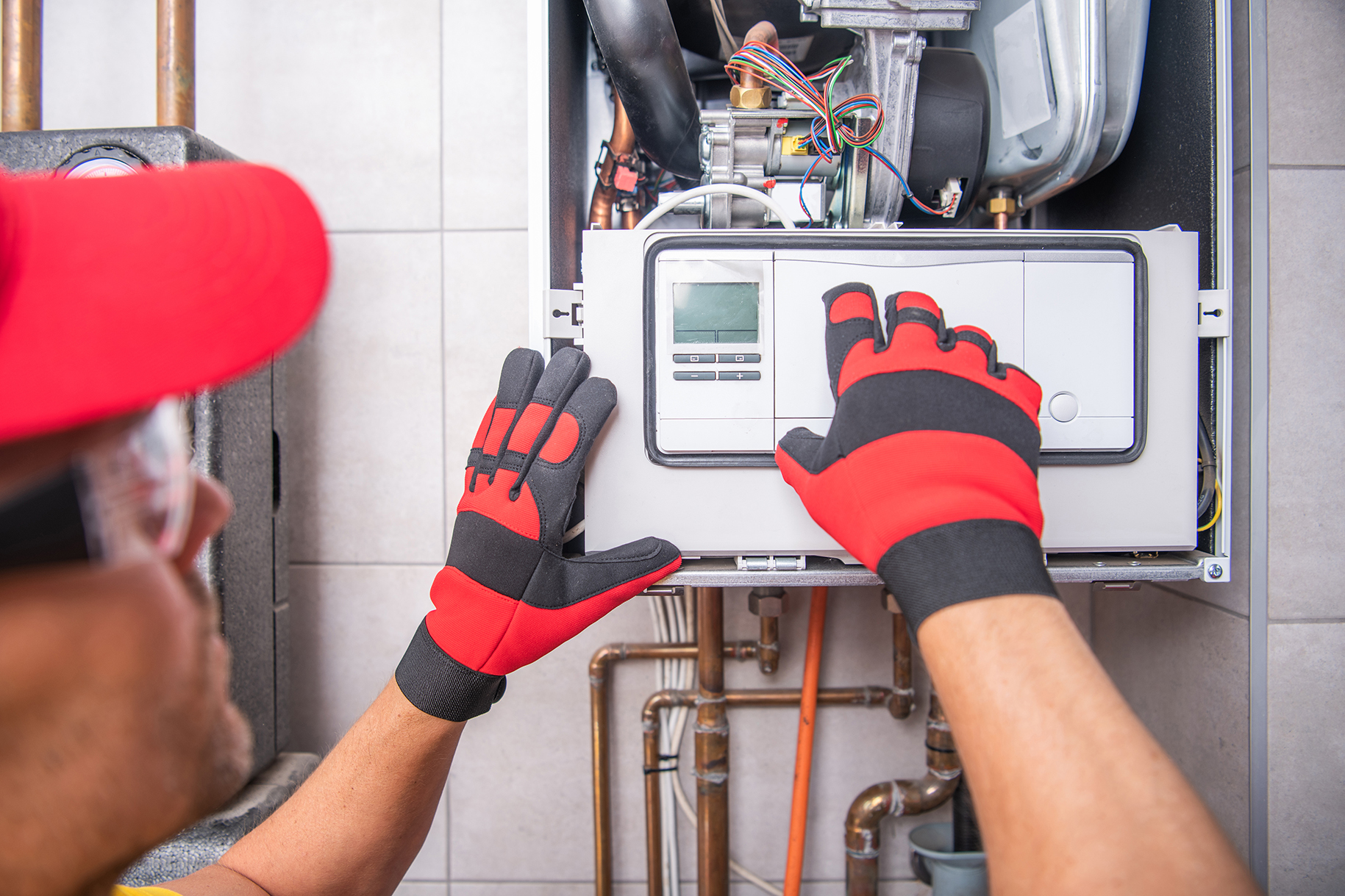
If you have ever had your furnace break down in the middle of winter, you are likely familiar with the feeling of panic that sets in as your home rapidly grows colder. Once you have called a technician, their explanations often sound like an entirely new language. From strange acronyms to technical jargon, the world of furnace repair can feel overwhelming to the average homeowner. This guide is here to help you decode that terminology, empowering you to better understand and discuss the needs of your furnace during a repair.
Learning the basics of furnace repair language offers a host of benefits. Not only does it help you grasp what a technician is talking about, but it also allows you to make informed decisions regarding maintenance or replacement. When you understand key terms, you can ask better questions, negotiate confidently, and even identify minor issues yourself before they escalate into costly repairs. Familiarity with terms can also help you detect unnecessary charges or incorrect diagnoses.
One of the most critical components of a furnace is the heat exchanger. This part is responsible for transferring heat from the combustion inside the unit to the air, which is then circulated through your home’s ductwork. A cracked heat exchanger is a common issue and can be dangerous due to the possibility of carbon monoxide leakage. If your technician mentions a problem with the heat exchanger, you may need to act quickly to ensure safety and efficiency in your heating system.
While most people are familiar with thermostats, they play a crucial role in furnace repair discussions. The thermostat acts as the control panel for your furnace, regulating the temperature to keep your home comfortable. If your furnace is not turning on or maintaining the correct temperature, the thermostat might need calibration, replacement, or loose wiring fixed.
The blower motor pushes heated air from the furnace into your home. If your furnace is running but you are not feeling any warm air, the issue could be with the blower motor. Depending on the severity of the issue, repairs can range from cleaning dirty components to completely replacing the motor.
Older furnaces often rely on pilot lights, while newer models use electronic ignition systems. The pilot light is a small flame that ignites the burners, while the ignition system uses an electric spark. If your technician mentions problems with either of these, it could explain why your furnace is not producing heat. Ensuring these components are clean and functioning correctly is crucial for safe and effective furnace operation.
This small safety device monitors your furnace's pilot light. When the pilot light is lit, the thermocouple signals the gas valve to remain open, allowing continuous heating. A faulty thermocouple can cause your furnace to shut down unexpectedly, making it an important item to check during any furnace repair.
The air filter is an easily overlooked yet integral part of your furnace. Responsible for trapping dust, debris, and allergens, it ensures the air circulating in your home is clean and that your furnace is not overworked. If the technician mentions a clogged air filter during a furnace repair, it is a relatively easy fix—simply replace or clean the filter to improve airflow and efficiency.
Burners are the heart of your furnace. They combine gas and air to create combustion, which generates the heat needed to warm your home. If your technician says your burners are dirty or malfunctioning, this is likely impacting your furnace’s performance. Regular cleaning and maintenance can help keep them in great shape.
The limit switch acts as a safety mechanism, preventing your furnace from overheating. If the technician points to an issue with the limit switch, it might mean your system is overheating or the switch itself is faulty. Either way, addressing this problem is key to ensuring your furnace continues to operate safely.
While not part of the furnace itself, ductwork often comes up in furnace repair discussions. The ducts distribute heated air throughout your home. Blocked, broken, or leaky ducts can reduce the efficiency of your heating system and may require sealing or cleaning to function properly.
If you have been told your furnace is short-cycling (turning on and off too frequently), the flame sensor could be the culprit. This small device ensures that the burners are operating correctly and safely. A dirty or faulty flame sensor will not properly detect the flame, causing the system to shut down. Cleaning it is usually sufficient, but in some cases, replacement might be necessary.
Your furnace relies on adequate ventilation to expel harmful gases created during the combustion process. The flue pipe ensures these gases, including carbon monoxide, are safely vented out of your home. A flue pipe that’s clogged or cracked presents a significant hazard and must be addressed immediately during any furnace repair.
Every homeowner benefits from understanding the core concepts of furnace repair. From identifying problems early to having more productive conversations with technicians, knowledge is both empowering and cost-saving. Equip yourself with these terms, and you will feel better prepared the next time you are faced with a cold home and a furnace needing attention.